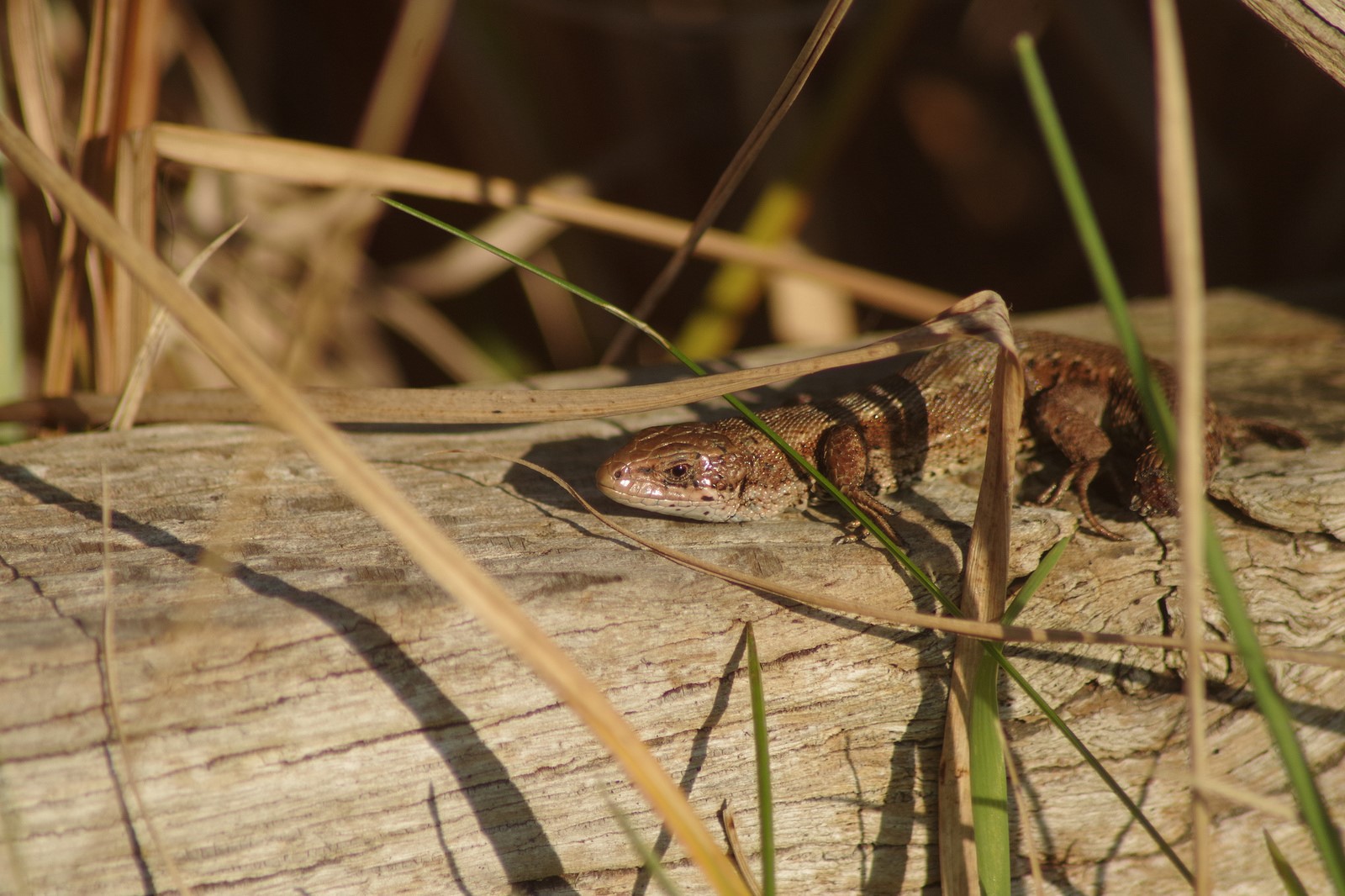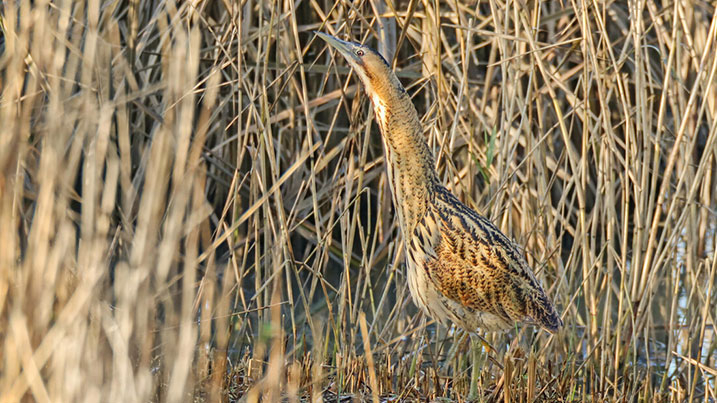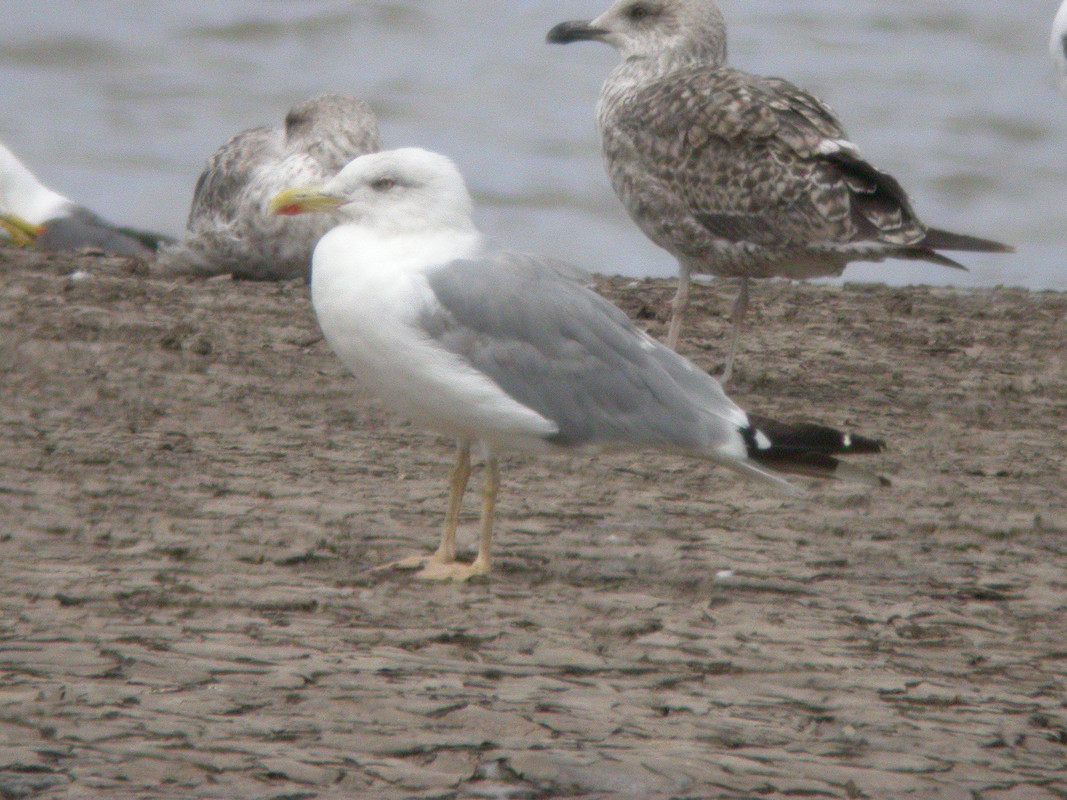Nightingale singing in wildside
A Nightingale is singing on the main lake/reedbed border not far from the Headley Hide this morning. Also plenty of waders on the reserve including Ringed Plover and Black-tailed Godwit
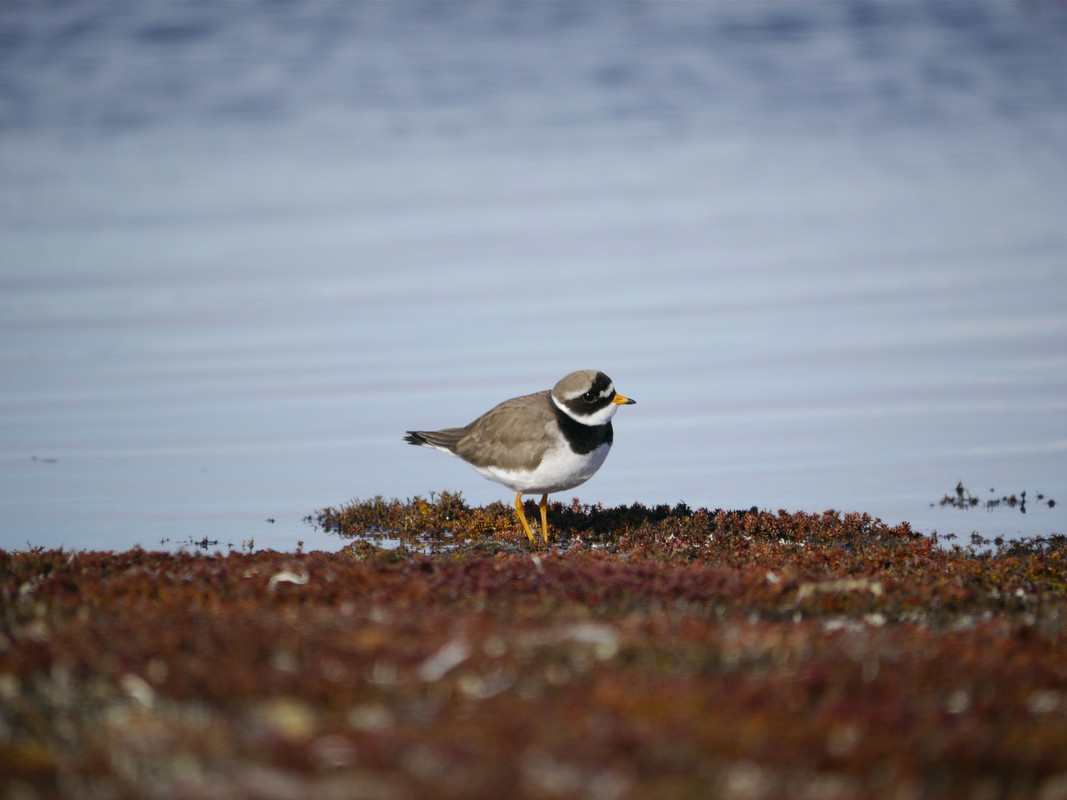
1 Black-Tailed Godwit - scrape
4 Little Ringed Plover - main lake, scrape
4 Lapwing chicks - scrape
1 Ringed Plover - scrape
2 Snipe - marsh
4 Redshank - marsh, scrape
1 Little Egret - marsh
1 Nightingale - main lake/reedbed edge (heard from wildside and Headley Hide)
1 Whinchat - grazing marsh
4 Wheatear - marsh
21 Swift
1 Yellow Wagtail - marsh
4 Common Tern - main lake, reedbed, reservoir lagoon
1 Hobby - over reserve
[Yesterday's sightings May 6th:- 1 Common Sandpiper, 1 Buzzard, 5 Little Ringed Plover, 1 Lesser Whitethroat, 1 Wheatear.]
May bird highlights: Shelduck, Garganey, Snipe, Jack Snipe, Greenshank, Wood Sandpiper, Black-Tailed Godwit, Curlew, Oystercatcher, Green Sandpiper, Common Sandpiper, Peregrine, Kestrel, Buzzard, Red Kite, Common Tern, Iceland Gull, Mediterranean Gull, Wheatear, Yellow Wagtail, Nightingale, Swift, Hobby.
Spring migrant passerines recorded so far include Chiffchaff, Blackcap, Reed Warbler, Sedge Warbler, Sand Martin, Swallow, Yellow Wagtail, House Martin, Skylark, Willow Warbler, Whitethroat and Wheatear. Keep an eye on the steep, grassy East Bank for more Ring Ouzel this month.
Migrant waders can best be found on the muddy marsh or edges of the wader scrape islands. Look out for interesting Gull species like Iceland, Little or Mediterranean on the marsh or main lake. There are still a few Snipe to be found on the marsh, and even some Jack Snipe in early April (the wader scrape is the best spot for this species). As April progresses expect to see a whole range of waders passing through, including Godwits, Sandpipers and Whimbrel.
Good numbers of hirundines are feeding over the larger waterbodies on migration, especially on overcast days.
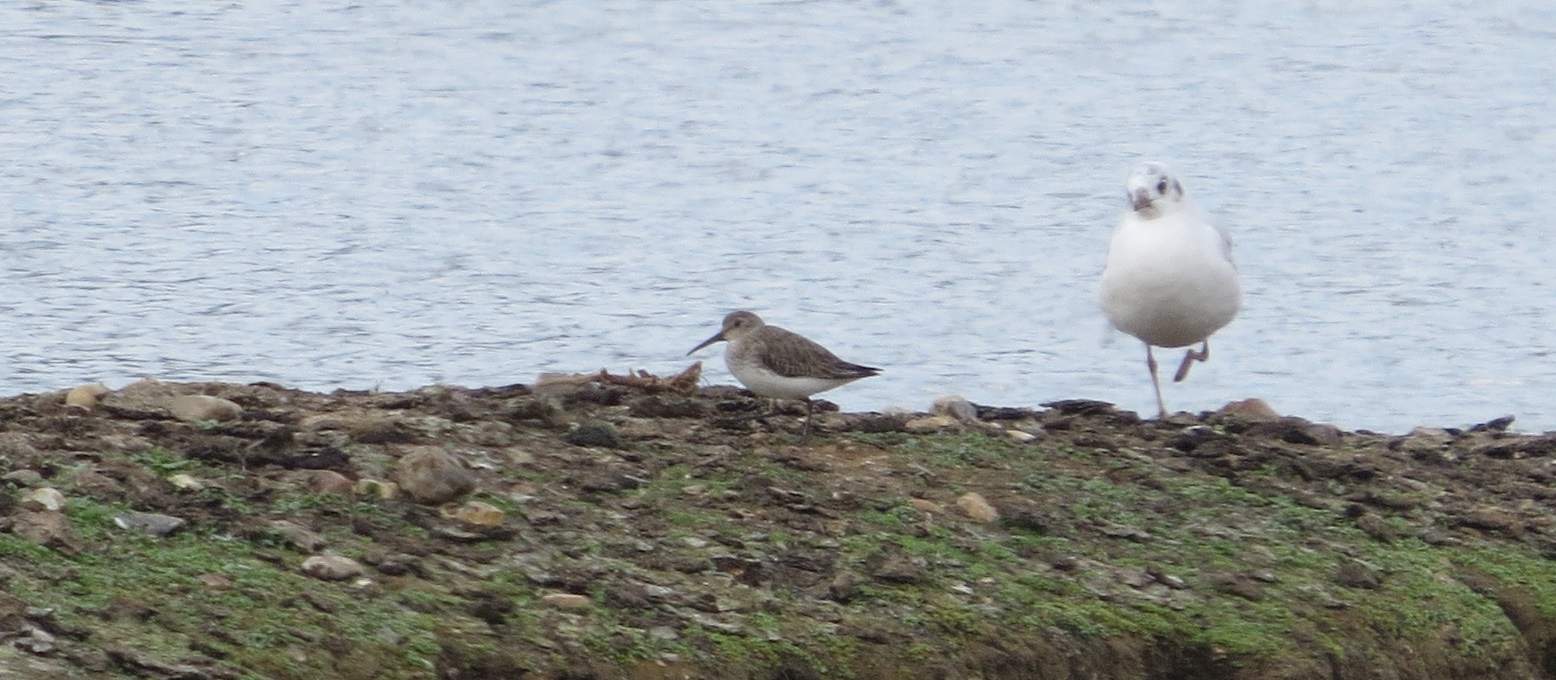
Insects: (mid-April) Honey Bee, Rose Chafer, Buff-tailed Bumblebee, Early Bumblebee, Brimstone, Comma, Speckled Wood, Peacock, Orange Tip, Small White, Large White, Holly Blue, Red Admiral, Red-tailed Bumblebee, Orchard Bee, Hairy-footed Flower Bee (see below), Orchard Bee, Red Willow Leaf Beetle.
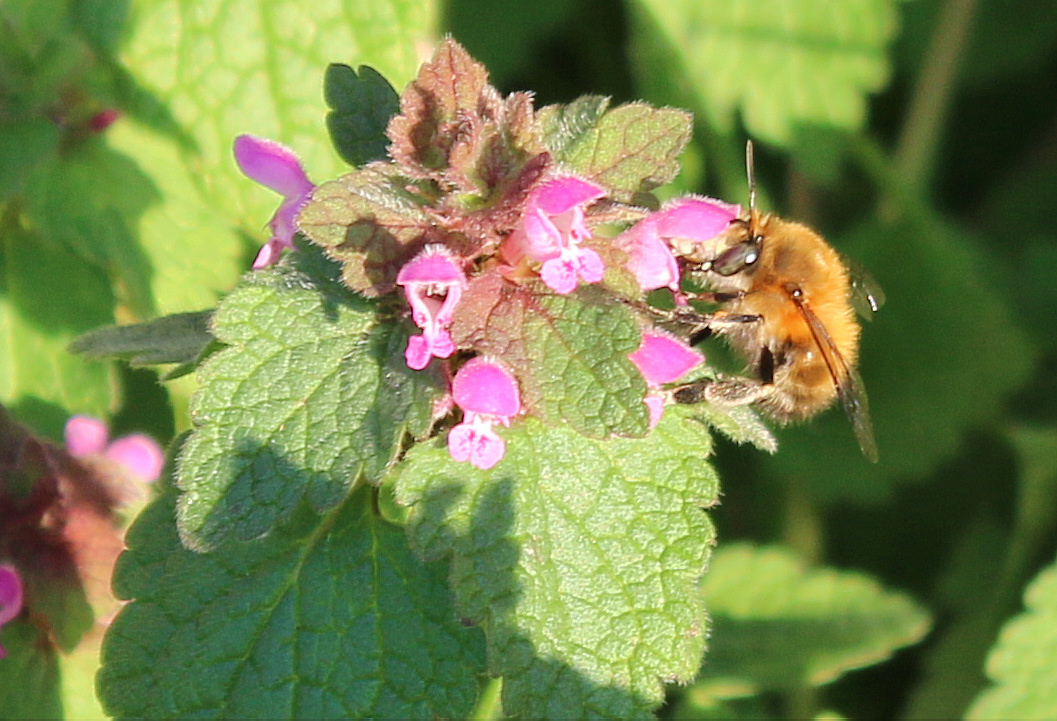
Water voles: latest sighting 2nd May - 2 Water Vole feeding in sedge along the south route (opposite the Dulverton Hide).
Early flowering plants: Hazel, Alder, Winter Aconite, Red and White Dead-nettle, Early Crocus, Snowdrop, Blackthorn, Winter Viburnum, Cherry Plum, Stinking Helleborine, Daisy, Winter Jasmine, Blue Anemone, Rosemary, Sweet Violet, Cowslip, Butterbur, Lesser Celandine, Cuckoo-flower, Wood Anemone, Sweet Violet, Cow Parsley, Butchers Broom, Snake's Head Frittilary.
Reptiles: Common Lizards (2 juveniles), Slow Worms (69 juveniles, 19 females, 7 males) - 13th April survey.
